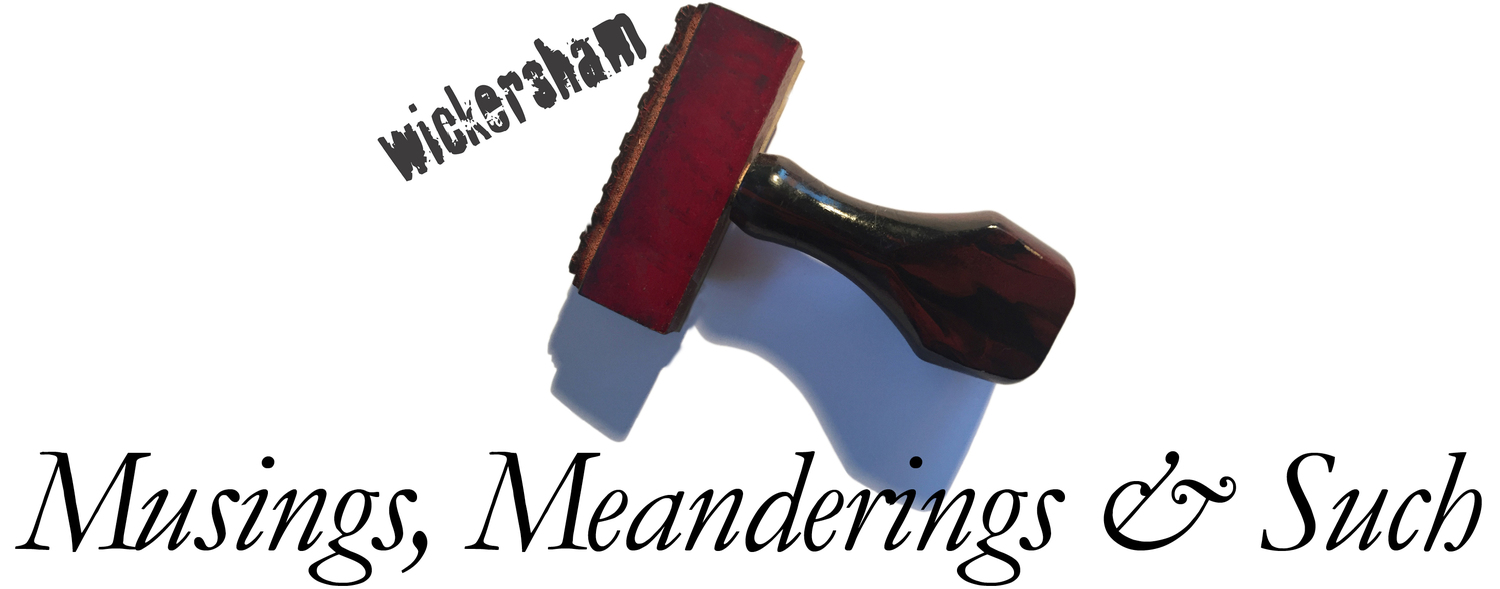The banking crisis of 2008 took a while to unfold.
In Washington Mutual’s case, customers withdrew $16.7B over ten days. It took only hours, fueled by an instantaneous and real-time Twitter panic that spread among SVB’s customers.
To get a sense of the scale of this run, the bank failures that just hit the U.S. financial system of about $319B are on a very similar scale to those recorded in 2008, of about $373B. The most significant difference was that the run resulted from only two bank failures: Silicon Valley Bank and Signature Bank. This compares to 2008’s run when 25 commercial banks failed.
The government’s bailout is generating much debate. While depositors are being insured, investors aren’t. Shareholders of the banks will take a serious hit. And the government has said there will be no bailouts like in 2008. But it begs the question if there is a run on more banks, what about the 15 major US banks that hold well over $1 trillion in uninsured deposits?
It’s good to remember that both SVB and Signature had fewer customers with considerable balances putting them in a precarious position that many traditional banks do not have. Between the two banks, around 90% of their deposits were uninsured.
My grandmother, who lived through the depression, put savings in three or four banks in case of a run and kept cash in books, under that mattress, and in peanut butter jars. That generation always felt a complete lack of trust in the banking system.
What about these days? Is trust eroding again?

